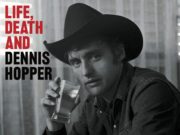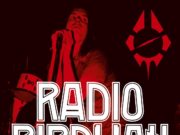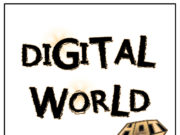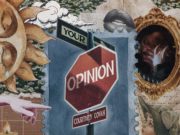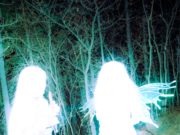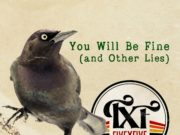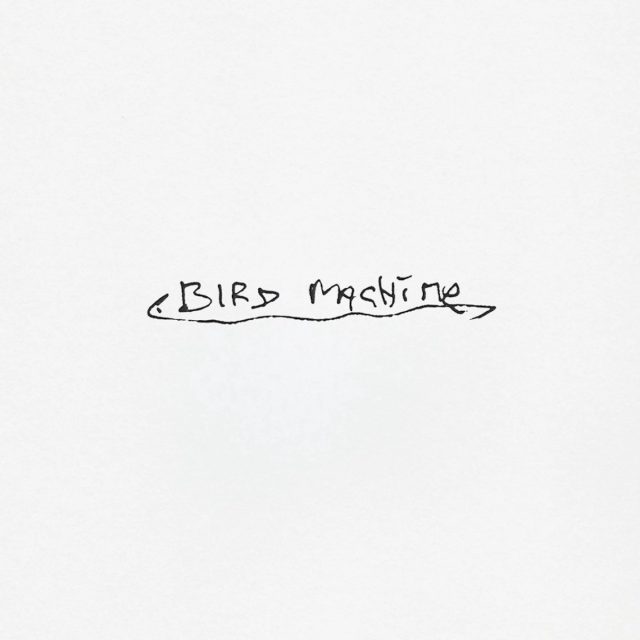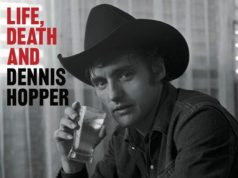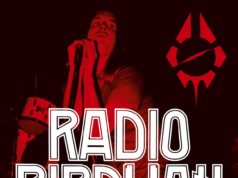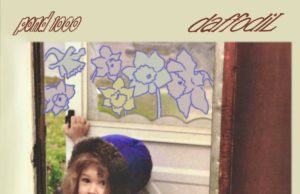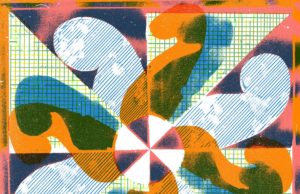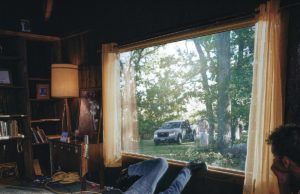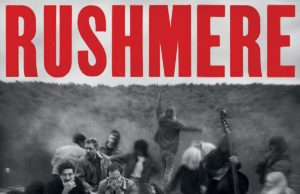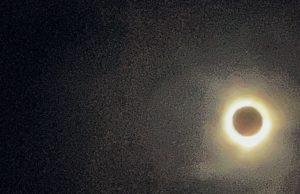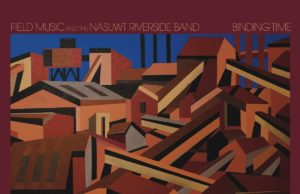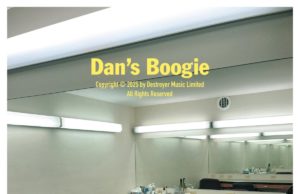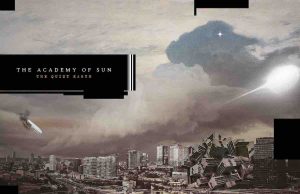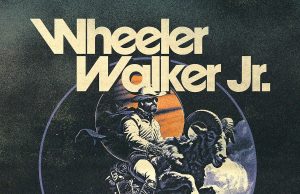THE EDITED PRESS RELEASE: “Music had always been a shared language between Mark Linkous and his younger brother Matt, and as Mark began work on what he planned to be the fifth Sparklehorse album in 2009, the two of them would talk through his plans for the record.
Matt can clearly recall their conversations; Mark’s excitement about the influences feeding into it and the way the songs were starting to take shape. It was these conversations that Matt and Melissa — Mark’s sister-in-law, who also worked with Sparklehorse — returned to years later as they began to sift through boxes of tapes to catalogue and preserve Mark’s unreleased recordings and bring his posthumous album, entitled Bird Machine, to life.
Over the course of four beautiful and otherworldly Sparklehorse records and two collaborative projects, Mark had built a reputation as one of alternative rock’s most distinctive and influential songwriters. His combination of ghostly static-scarred ballads and thrillingly distorted rock was revered by fellow musicians such as Thom Yorke, PJ Harvey and Tom Waits, all of whom he recorded with, and deeply cherished by his fans. But the intimacy and honesty that made his songs so special also laid bare the troubles that he carried. As he continued to work on his fifth album, recording with Steve Albini in Chicago, and in front of his beloved 1968 Flickinger mixing console at his Static King studio, the depression which had shadowed him for many years began to deepen. On March 6 of 2010 he died by suicide at the age of 48.

Several years later, when Matt, Melissa and Bryan Hoffa, an audio preservation specialist at the Library of Congress’s National Audio-Visual Conservation Center, began the painstaking process of listening to and archiving Mark’s recordings, they found the ideas that Mark had discussed with Matt had been vividly and powerfully achieved. A number of the songs were close to completion, while others needed only careful encouragement — the addition of subtle instrumentation and accompanying vocals in some cases, another careful mix in others — to take flight. “It was as though the songs let you know,” says Melissa. “Mark communicated these songs. We just did our best to transmit them.”
Mark was famously perfectionist about his work and the question of whether to complete the album weighed heavily on Matt. “It’s the hardest decision I’ve ever made,” says Matt. “It’s difficult making a choice about someone else’s art, even if you’ve known them all your life and worked with them, even if they were your brother and best friend. We had long conversations about not wanting to take this into a different direction. We wanted to bring out what was there.”
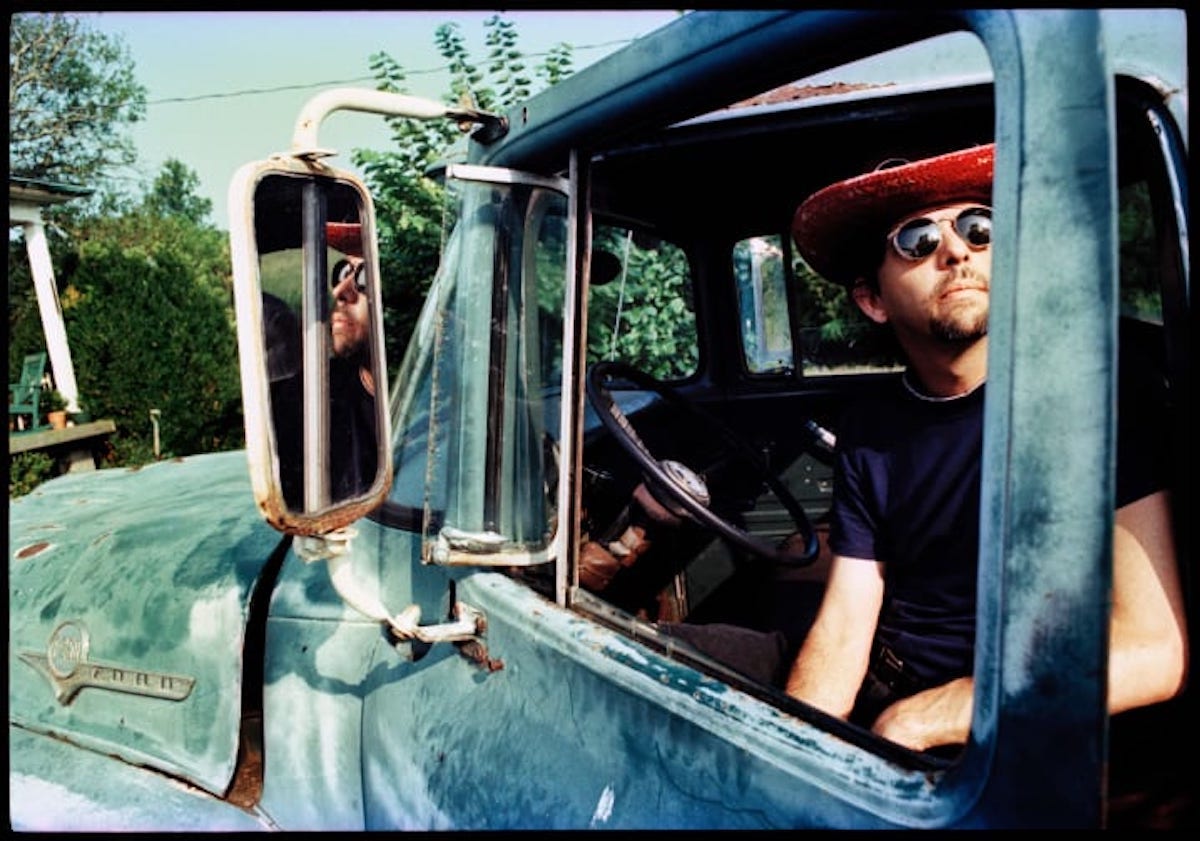
It helped hugely that Matt and Melissa were able to work with a team of musicians — including Alan Weatherhead, who produced Bird Machine with Matt and Melissa, Joel Hamilton who mixed the record, and Greg Calbi, who jointly mastered the final version — who had worked with Sparklehorse and cared deeply for Mark. And crucially, it felt clear to them that most of the record was already in place. Mark had given it a title and a track listing in handwritten notes received by Matt.
From the time that Mark began working on these songs to the record’s release, 14 years have passed, a long time for a collection of tracks that were already well advanced at the time of Mark’s death. But there’s something too in the album’s long and complex gestation — the chaos of old tapes, the love and care that Mark’s family and his musicial friends have shown to every detail — that makes this so distinctively a Sparklehorse record.
“It means so much to me, this last batch of beautiful stuff that my brother was putting together,” says Matt. “When I sit down and put on a pair of headphones, I’ll run it all the way through. Everything from It Will Never Stop to Evening Star Supercharger to Stay, that’s Mark just letting it out.”




